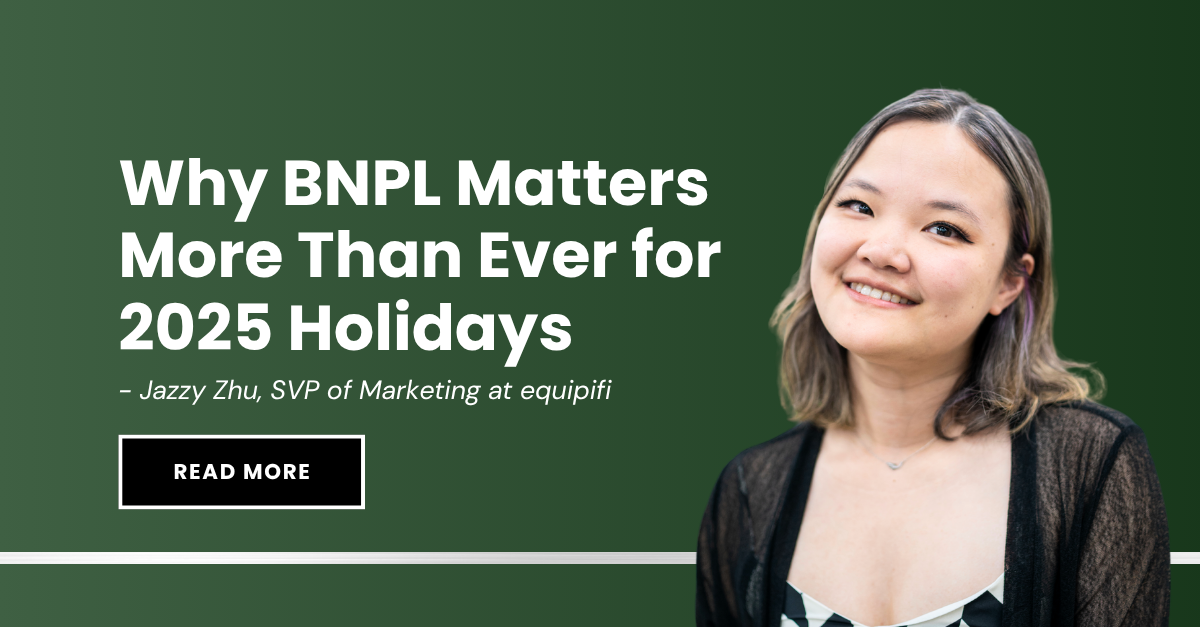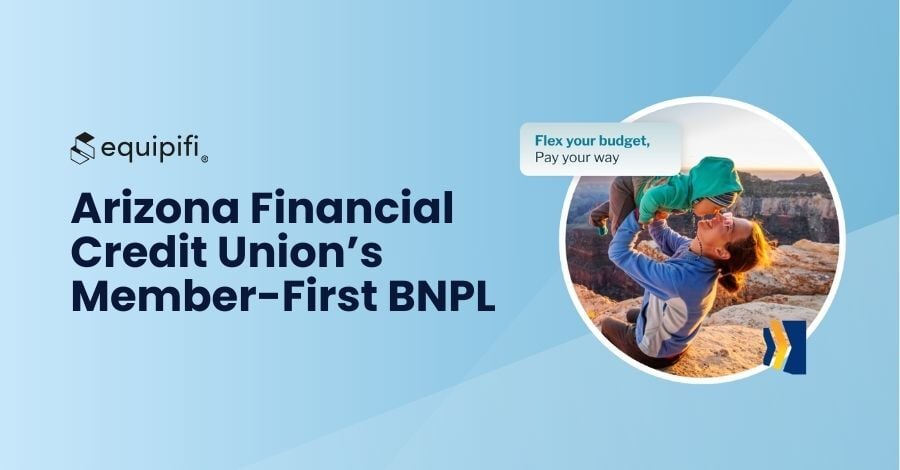2023 has been huge for Buy Now, Pay Later (BNPL). The year started with the emergence of Bank BNPL, and we were excited to watch as credit unions took the lead as the first financial institutions to launch BNPL to their members.
Now that we’re in December, it’s clear that things are different.
Yes, credit unions are still in the game (especially the dozens that are launching BNPL). However, many industry giants made moves into the BNPL space this year and banks and credit unions alike are facing serious competition for top of wallet position.
Here are just some examples of what’s happened:
- March Apple introduces Apple Pay Later, 4 payments over 6 weeks
- September Affirm launches debit card for BNPL users, 75K new accounts opened per month
- September Experian releases debit card to help consumers build credit
- October US Bank the first mega bank to announce BNPL product
- December Chase introduces BNPL pay in 4 to its debit cardholders
- December Google Pay teams up with Affirm and Zip to launch BNPL
We knew that BNPL was a powerful acquisition tool that meets consumer preferences, has broad appeal, and sees high return usage. Now, we also know who the competition is. We are no longer asking ourselves if we are afraid of missing out on BNPL - that FOMO is over - instead, the question is: What is the cost of doing nothing? In other words, the cost of being left behind.
In my opinion, here are the top four costs financial institutions face in 2024:
1. Loss of cardholder touchpoints and engagement
In the prior years, we talked about BNPL as a powerful way for financial institutions to be present at every financial moment for their cardholders. After all, encouraging consumers to consider splitting their payments every time they incur an expense can significantly deepen the banking relationship in a meaningful way.
While this is still true, not having BNPL means that cardholders must turn to third party BNPL providers (and now other financial institutions) for flexible financing. That’s a loss not only for the top of wallet, but also top of mind and engagement. And this time, the loss is to other institutions who will serve them, and are waiting with a new debit card ready, which brings us to the second cost…
2. Loss of debit cardholder to 3rd-party BNPL solutions & other FIs
Many major BNPL providers are now releasing their own debit cards. This becomes a problem when debit card issuers cannot offer split payments in response.
Last year, your cardholders could only get BNPL from Affirm, PayPal, or Klarna. Now, they can find competitive debit card products from US Bank, Chase, and even a growing number of credit unions that now provide bank BNPL.
3. Loss of liquidity and cashflow
I’ll keep this one short because it is directly related to the loss of cardholder relationships. When members are shopping, the BNPL provider that helps them split their payments is the one financing their purchase. Financial institutions lose out on interchange and interest income opportunities. Cyber Monday alone saw a 42.5 percent year over year increase in BNPL use.
Even if you are willing to accept the cost of losing engagement and debit card accounts, if liquidity is at all a concern to your institution, it would be beneficial to look inside and see how much of your debit cardholder base is utilizing BNPL.
4. Loss of long-term positioning at the top of wallet
BNPL is growing with no signs of slowing down. Financial entities with more resources and bigger budgets are starting to release their own products at breakneck speed. The major advantage that banks and credit unions had in 2023 (their existing relationship, cardholder loyalty, an absence of FI competition, and time) are all running out. What this amounts to down the line is the loss of position at the top of wallet, and loss of status as a primary financial institution.
We’ve seen BNPL vendors become payment companies and payment companies try to become pseudo financial institutions. 2024 will only see this competition escalate, and it is time for banks and credit unions to start making defensive play not only to remain competitive, but also thrive with everchanging consumer expectations.






SHARE